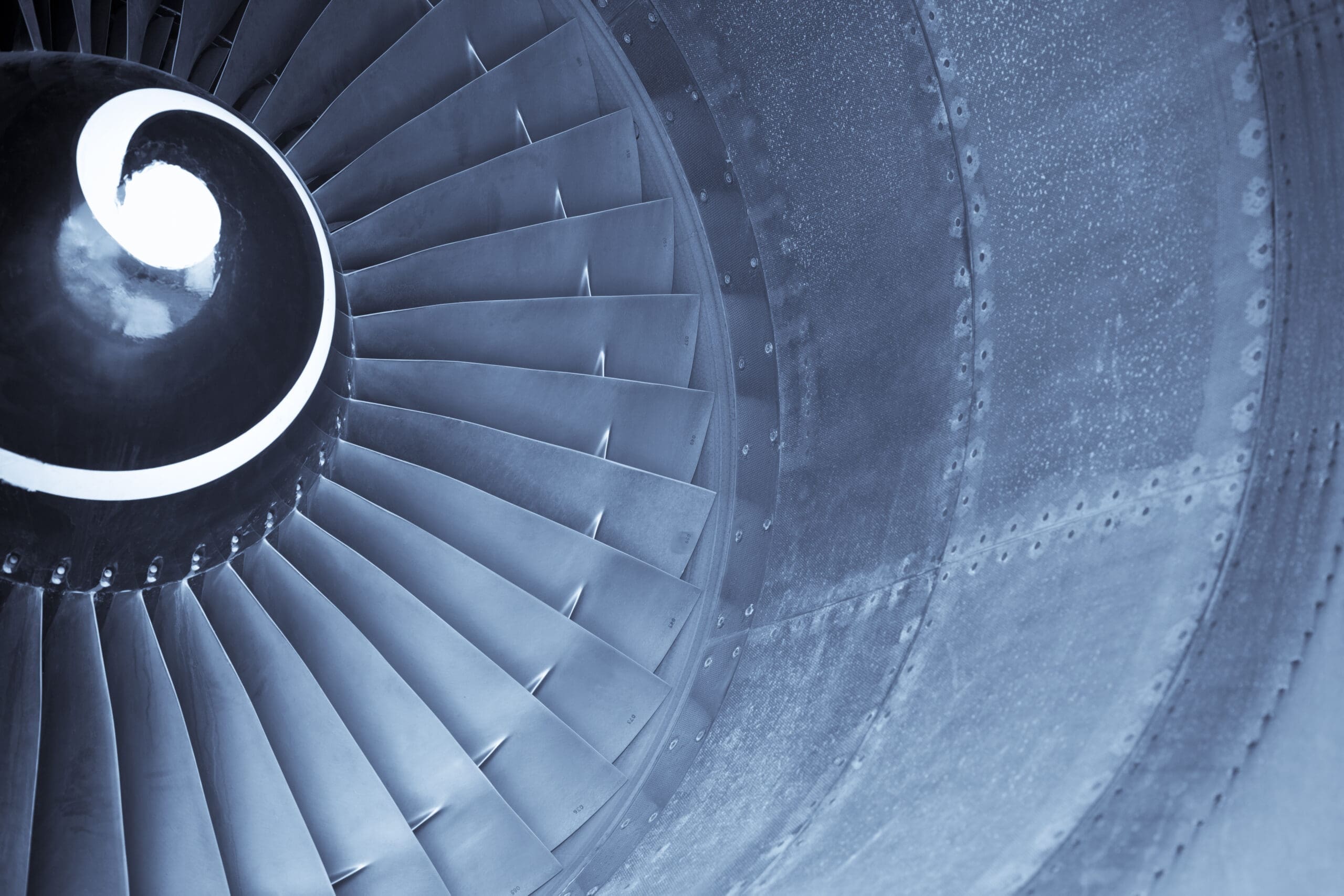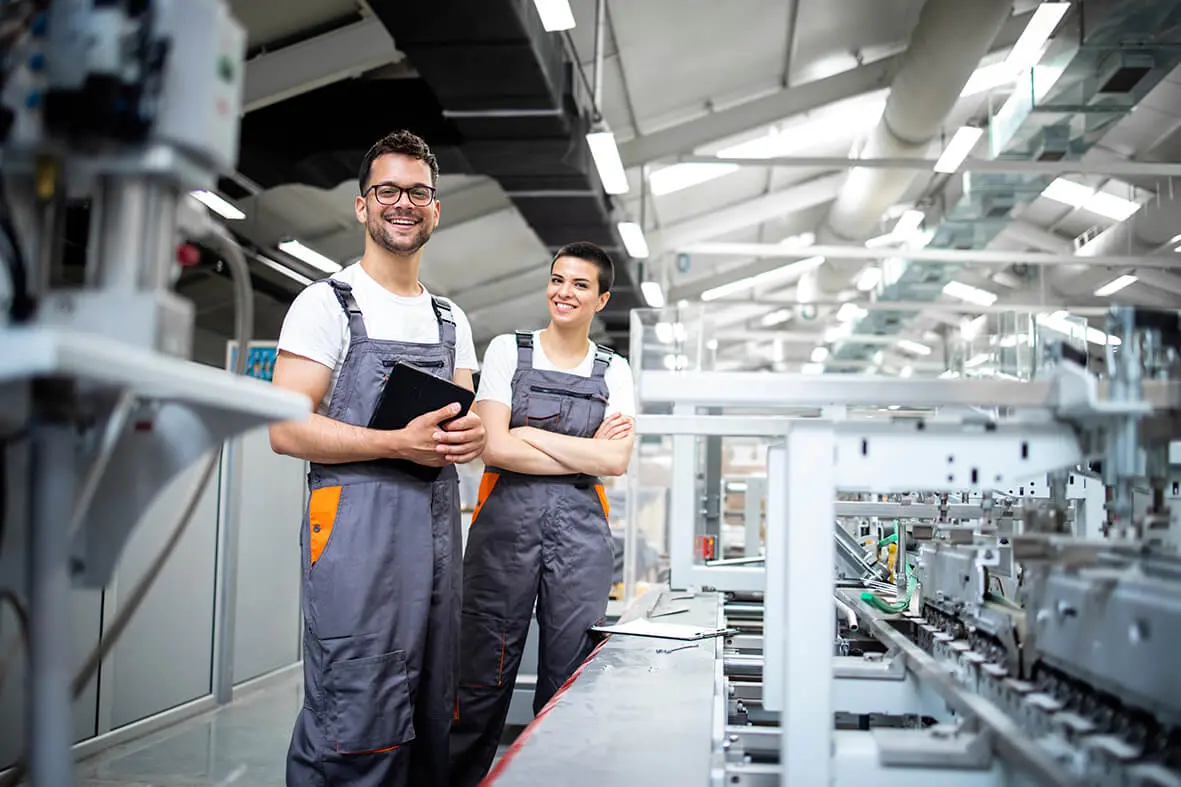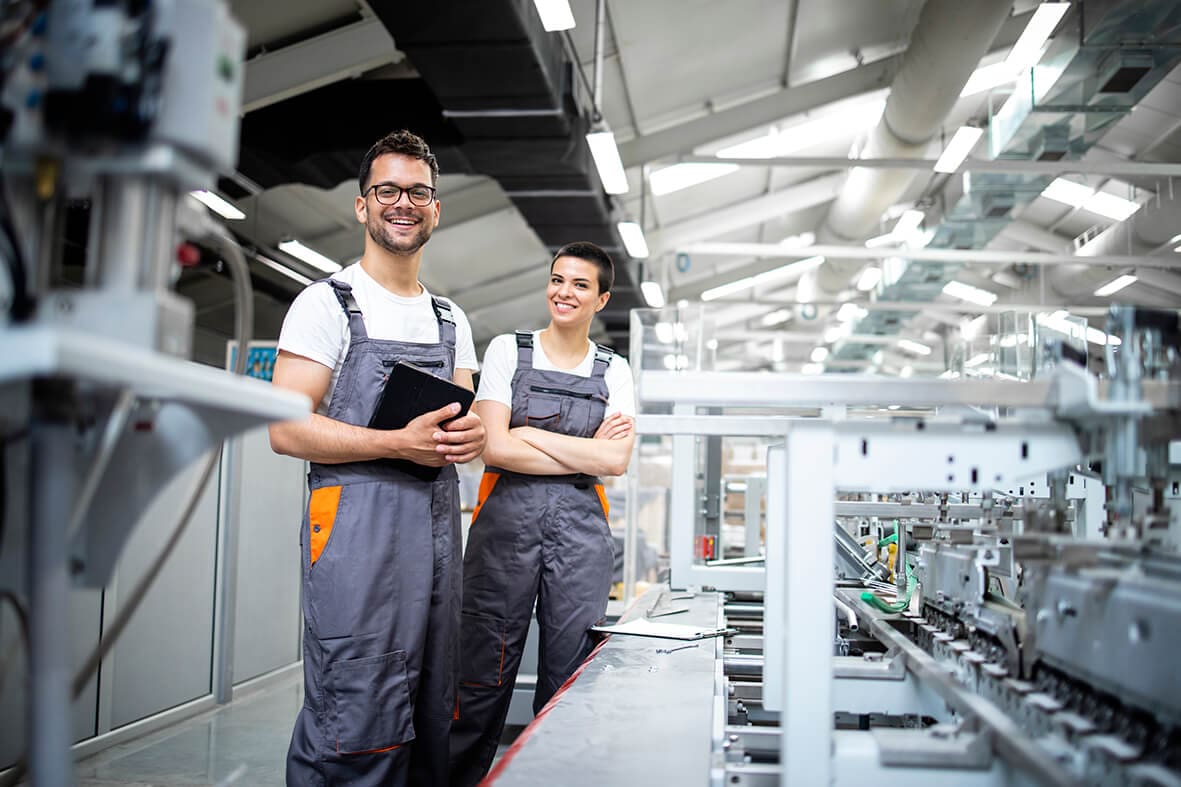Advancements in Additive Manufacturing for Aerospace Components
14 March 2024
In the quest for efficiency, sustainability, and innovation within the aerospace sector, additive manufacturing (AM) emerges as a transformative force, reshaping the landscape of aerospace engineering and component production. This technology, often synonymous with 3D printing, is not just about creating objects layer by layer; it’s about redefining the boundaries of design, material science, and manufacturing efficiency.
The Evolution of Additive Manufacturing in Aerospace
Additive manufacturing’s (AM) journey from a prototyping tool to a core manufacturing process is a testament to its potential. In aerospace, where the demands for precision, strength, and reliability are unparalleled, AM stands out for its ability to produce components that are both lighter and stronger than those made through conventional methods.
At the heart of AM’s success in aerospace are the material science innovations that have expanded the palette of materials suitable for 3D printing. Metals such as titanium and aluminium, integral to aerospace for their strength-to-weight ratios, are being optimised for AM processes. These advancements not only enhance the mechanical properties of the printed components but also introduce new possibilities for thermal and chemical resistance, which is critical for aerospace parts exposed to extreme conditions (Alami et al. 2023).
Precision Engineering and Design Freedom
The AM offers a high degree of design freedom, allowing for the creation of complex geometries that were previously impossible or too costly to manufacture. This capability enables engineers to design parts with internal structures for weight reduction, such as lattice or honeycomb patterns, without compromising strength or functionality. The application of topology optimisation techniques further refines this process, tailoring the material distribution within a component to meet specific load requirements while minimising weight. This approach not only optimises performance but also significantly reduces material waste, aligning with sustainability goals.
Sustainability and Efficiency
The environmental and economic impacts of AM are indeed very promising. By depositing material only where needed, AM minimises waste, contrasting sharply with subtractive manufacturing processes that carve out parts from solid blocks of material, leading to significant material loss. Furthermore, the ability to produce parts on demand close to the point of use reduces the logistics footprint, lowering the carbon emissions associated with transportation. A report by the Aerospace Technology Institute highlights how AM is set to play a pivotal role in achieving the aerospace industry’s ambitious sustainability targets (ATI 2021).
Challenges and Future Directions
Despite its potential, the widespread adoption of AM in aerospace faces challenges. The issues of scalability, certification standards, and the need for post-processing are among the hurdles to be overcome. However, ongoing research and collaboration between academia and industry are paving the way for solutions. Initiatives like the Advanced Manufacturing Research Centre (AMRC) in the UK are at the forefront, developing new standards and processes to ensure the reliability and safety of AM-produced aerospace components (University Of Sheffield 2023).
Conclusion
Additive manufacturing is more than a technological innovation; it’s a strategic enabler that propels the aerospace industry towards a future of greater efficiency, sustainability, and performance. As research continues to advance the capabilities of AM, and as the industry navigates the challenges of implementation, the potential for transformative change is immense. With every material breakthrough, every design innovation, and every step towards more sustainable manufacturing practices, AM reaffirms its role as a cornerstone of aerospace engineering and manufacturing.
– By Mariusz Bogacki, PhD Candidate and Science Writer
At Visiativ, we work with a wide variety of innovative companies in different industry sectors, from Engineering, to Manufacturing and Life Sciences. Our experts help companies get access to funding through R&D Tax Relief, our expertise in this field has enabled us to secure millions of pounds in benefits for our clients in the UK, with an average of £3.3 million in eligible claims being identified on a weekly basis. If you’re investing into research and development activities, your company could be eligible for R&D Tax Relief, why not take our eligibility questionnaire to find out if you qualify.
References:
Alami, Abdul Hai et al. 2023. ‘Additive Manufacturing in the Aerospace and Automotive Industries: Recent Trends and Role in Achieving Sustainable Development Goals’. Ain Shams Engineering Journal 14(11): 102516. doi:10.1016/j.asej.2023.102516.
ATI. 2021. Aerospace Technolgoy Institute Annual-Review 2020/21. https://www.ati.org.uk/wp-content/uploads/2022/04/ATI-Annual-Review-2020-21.pdf.
University of Sheffield. 2023. ‘The University of Sheffield Advanced Manufacturing Research Centre’. https://www.amrc.co.uk/ (March 5, 2024).










